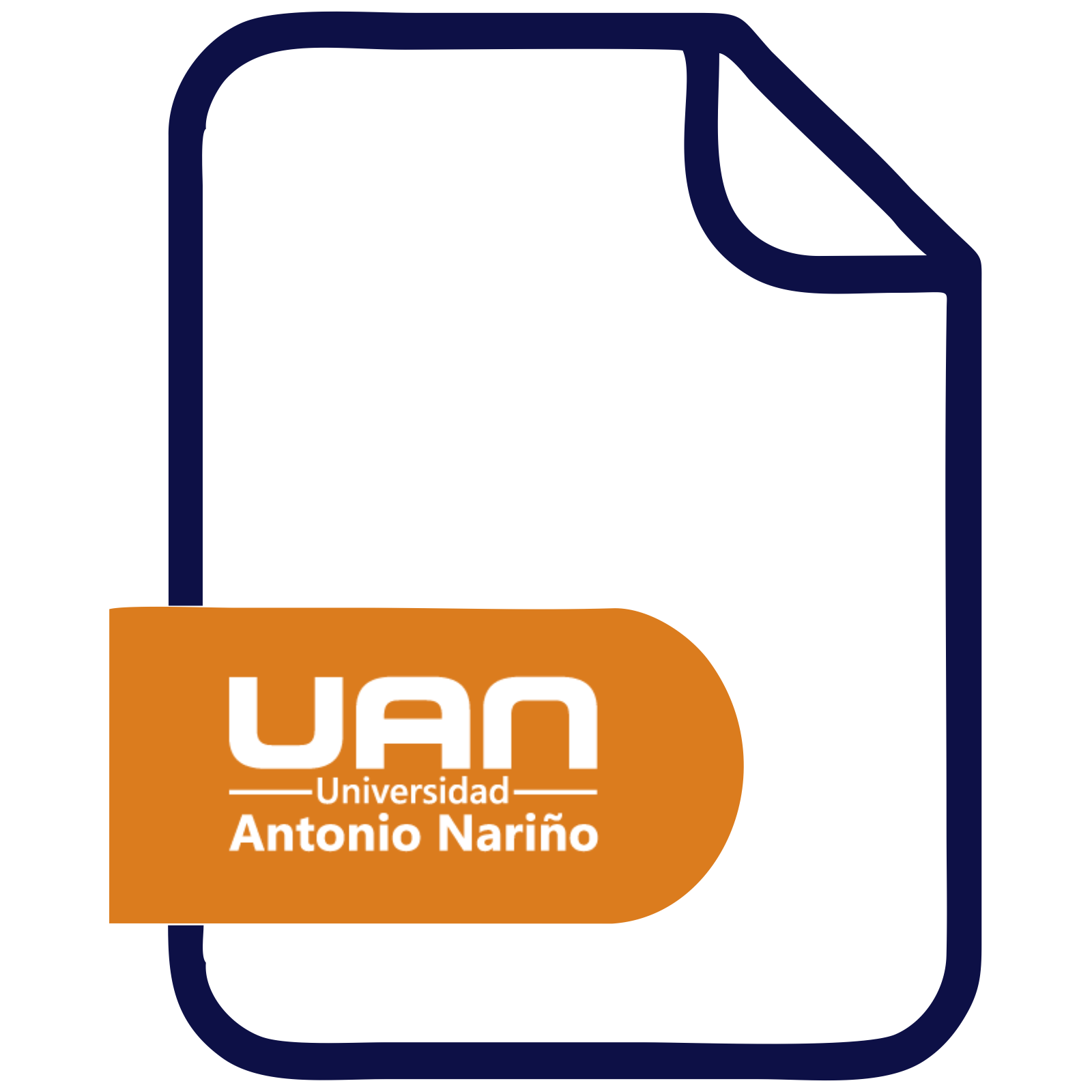Por favor, use este identificador para citar o enlazar este ítem:
http://repositorio.uan.edu.co/handle/123456789/2537> Repositorio UAN
Repositorio UANComunidades y ColeccionesTitulosMateriasAutoresFecha de publicacion
Mi CuentaAccederRegistro
Mi CuentaAccederRegistro
| Título : | Diseño y simulación estructural de una escalera abatible de plataforma |
| metadata.dc.creator: | Arteta Hernández, Adanies Junior Fuentes Ricardo, Brayner David |
| metadata.dc.contributor.advisor: | Fábregas Villegas, Jonathan Carpintero Durando, Javier |
| Palabras clave : | Diseño mecánico;Simulación estructural;Mecanismos;Escalera de plataforma |
| Resumen : | This is a study that applies the methodology of the mechanical design process and makes use of simulation with design software as a support tool to carry out the structural evaluation of the new innovative "folding" design of an airplane-type platform ladder. These stairs in their traditional airplane-type design are not folding and are shaped as a set of fixed assembly with wheels to be transported, due to their high height it prevents the ladder from being used in all kinds of spaces and requiring a special storage site, for which establishes the modification in the design and functionality characteristics for storage and transport. The ladder is designed and a kinematic and kinetic analysis of the design is made. Also, specialized software is used to perform finite element analysis that allows validating the deformation conditions and the stress levels that the ladder supports, all framed in compliance with the standard to guarantee, safety, resistance and compliance with all aspects related to the mechanical design of the new ladder as a folding structural element, maintaining the necessary resistance conditions for a functional, safe and reliable model that allows the worker to reach a height of 5 meters and that can also be transported from safely once it is in a horizontal position. |
| metadata.dc.description.tableofcontents: | Este es un estudio que aplica la metodología del proceso de diseño mecánico y hace uso de la simulación con un software de diseño como herramienta de apoyo para realizar la evaluación estructural del nuevo diseño innovador “abatible” de una escalera de plataforma tipo avión. Éstas escaleras en su diseño tradicional tipo avión no son abatibles y están conformadas como un conjunto de ensamblaje fijo con ruedas para ser trasportada, por su gran altura impide que la escalera pueda utilizarse en todo tipo de espacios y requiera un sitio especial de almacenamiento, por lo que se establece la modificación en las características de diseño y funcionalidad para el almacenaje y transporte. Se diseña la escalera y se hace un análisis cinemático y cinético del diseño. También, se hace uso de un software especializado para realizar el análisis de elementos finitos que permite validar las condiciones de deformación y los niveles de esfuerzo que soporta la escalera, todo enmarcado en el cumplimiento de la norma para garantizar, seguridad, resistencia y cumplimiento con todos los aspectos relacionados con el diseño mecánico de la nueva escalera como un elemento estructural abatible, manteniendo las condiciones de resistencia necesaria para un modelo funcional, seguro y confiable que le permite al trabajador alcanzar una altura de 5 metros y que también se puede transportar de manera segura una vez se encuentre en posición horizontal. |
| URI : | http://repositorio.uan.edu.co/handle/123456789/2537 |
| Editorial : | Universidad Antonio Nariño |
| metadata.dc.publisher.campus: | Puerto Colombia Barranquilla |
| metadata.dc.publisher.faculty: | Facultad de Ingeniería Mecánica, Electrónica y Biomédica |
| metadata.dc.date.created: | 2020-06-06 |
| metadata.dc.rights.uri: | http://creativecommons.org/licenses/by/3.0/us/ |
| Aparece en las colecciones: | Ingeniería mecánica |
Ficheros en este ítem:
| Fichero | Tamaño | |
|---|---|---|
| 2020AdaniesJuniorArtetaHernandez.pdf | 3.17 MB | Visualizar/Abrir |
| 2020Autorizacionde 1pdf Restricted Access | 755.41 kB | Visualizar/Abrir Request a copy |
| 2020Autorizaciónde 2pdf Restricted Access | 611.9 kB | Visualizar/Abrir Request a copy |
Este ítem está sujeto a una licencia Creative Commons Licencia Creative Commons




